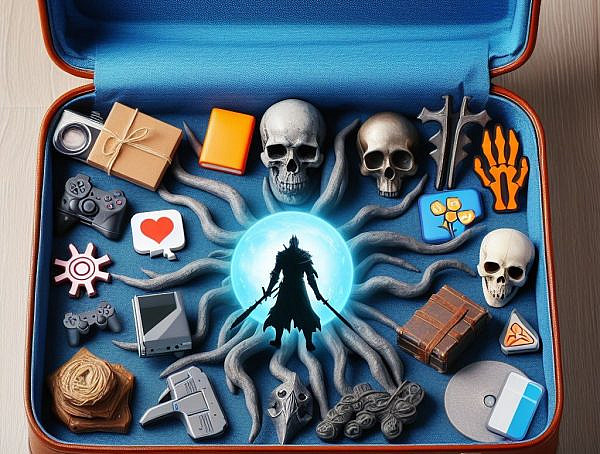Digital and real #women are underdogs when it comes to their representation in selected #videogame #magazines in the year 2008.
In an article “Sexy, Dangerous–and Ignored: An In-depth Review of the Representation of Women in Select Video game Magazines” Howard Fisher has reviewed three online and three printed video game magazines and found negative treatment of both digital and real women. The review of the articles was conducted for 2008. The selected previews and reviews represented the top 10 bestselling games that had male protagonist as playable character and top 10 games which had or let the player choose a female-protagonist. Fisher got a pool of 266 articles from online magazines (Games Radar, GameSpot and IGN) and 142 articles from printed magazines (Nintendo Power, Xbox Magazine and PlayStation: The Official Magazine). He also reviewed several dozen letters to the editor and online forum postings. He focused on perspectives in text, screenshots, words and phrases describing the gameplay and protagonist as well as interactions with non-playable characters.
Fisher writes in his article about the gendered game culture and mostly about how women are represented. He uses the theory of Hegemonic Masculinity as a base in his analysis. The selected video game magazines reflect how women are seen as sex objects – words and pictures concentrate on women’s physical characteristics rather than their fighting abilities. There’s also gender differentiation of what is appropriate for men or women, which Fisher sees as a stereotype or ideology problem of science, sports and media. Some of the video game magazines in review seem to ignore the possibility to play as a female character or see it as a secondary choice. For example in Lego Indiana Jones: The Original Adventures, IGN declared the female character Willie useless because of her fear of spiders even though Indiana Jones has a fear of snakes and he becomes equally unplayable at various points. By using words as “casual gamers” and “hardcore gamers” media differentiates women and men. In online forums “good” was also associated to hardcore and “bad/mediocre” to casual. Some of the articles portrayed women positively in their own right or at a somewhat equal basis with men. There was mild offense about the appearance and voice of a certain woman avatar and praise of how some female characters had special abilities and good weapons. Some articles had the same amount of screenshots of women and men.
There’s also a lack of women writers and commenters in the chosen magazines. According to the article, the game magazines are holding onto the outdated stereotype that young men are the primary people who play video games. For example there were references towards in-game wife or the player’s ignorant girlfriend and even if games put depth to woman character, the writings didn’t mention her name or function. As more women begin to play video games and societal attitudes towards the roles of women continue to evolve, Fisher suggests that video game journalism must adopt more inclusive attitude if it’s going to be relevant.
Source: Fisher, Howard. Sexy, Dangerous–and Ignored: An In-depth Review of the Representation of Women in Select Video game Magazines. Games and Culture, Nov 2015 vol. 10 no. 6, pg. 551-570. (http://gac.sagepub.com/content/10/6/551.abstract)
You might also like
More from Game Research Highlights
How do you want to do this? – A look into the therapeutic uses of role-playing games
Can playing RPGs contribute positively to your wellbeing? A recent study aims to find out how RPGs are being used …
Eldritch horrors and tentacles – Defining what “Lovecraftian” is in games
H.P. Lovecrafts legacy lives today in the shared world of Cthulhu Mythos and its iconic monsters. Prema Arasu defines the …
Are Souls Games the Contemporary Myths?
Dom Ford’s Approaching FromSoftware’s Souls Games as Myth reveals the Souls series as a modern mythology where gods fall, desires …















